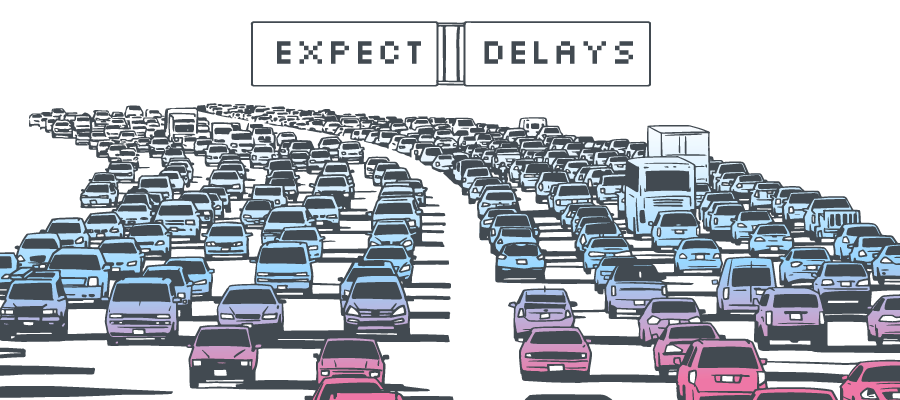Mobility pricing: An idea whose time has come?

Metro Vancouver is at a critical point where congestion-induced delays are the norm on the region’s roads and bridges. Congestion problems will only steadily worsen because of our growing population and with every additional car added to the region’s roads. Expansion of public transit is widely seen as essential to ensure accessible mobility, but progress has been slow going.
Enter mobility pricing.
An independent commission is reviewing new options for pricing Metro Vancouver roads and bridges in order to manage congestion and support investment in the overall transportation system — and to do so fairly. This work follows the success of implementing congestion charging zones in London, Stockholm and Singapore where drivers pay a fee to get into the central city.
The biggest obstacle to mobility pricing will be political. Asking drivers to pay more for their trips is going to be a tough sell. While Metro Vancouver’s growing congestion problems may make many drivers more amenable to new solutions, willingness to pay is another matter.
The biggest obstacle to mobility pricing will be political. Asking drivers to pay more for their trips is going to be a tough sell.
In London and Stockholm, initial opposition turned into support once systems were up and running: drivers saw a 20% reduction in congestion with shifts to transit or changes in driving patterns. And, new investments in transit meant riders experienced better service. In Stockholm, after a six-month trial voters supported the new system in a referendum.
The Metro Vancouver commission is considering two models of mobility pricing: congestion point charges, which would likely result in tolls on most regional bridges and other key choke points on highways, and distance-based charges, which would vary by time and location. Exactly what charges/rates would apply, how these would differ by time of day and day of week and how they would apply to different types of vehicles is to be determined.
No region has implemented per-kilometre charges although several US states have pilot projects underway, and this option would be riskier and costlier due to new technology requirements. Congestion point charges, on the other hand, would be similar to the tolling systems recently removed from the Port Mann and Golden Ears bridges, however, they would be spread more broadly through the region.
Mobility pricing will likely be a failure if it is perceived to be unfair—although fairness is in the eye of the beholder. A key equity concern is that low-income households with no other options are adversely affected while affluent drivers can travel more quickly without noticing much of an impact on their budget.
Some people cannot immediately change their behaviour and/or may live in areas where it is hard to even imagine alternative ways of getting around. This is related to the high cost of housing, which forces low-income households to move further away from the central city to find affordable housing. These users already pay because of the increased time spent travelling, which can add up to hundreds of hours per year.
BC’s carbon tax experience holds lessons for mobility pricing with a low-income credit funded out of carbon tax revenues.
BC’s carbon tax experience holds lessons for mobility pricing. A low-income credit is funded out of carbon tax revenues and this should be considered for mobility pricing targeting low-income drivers or more broadly all low-income households. Using mobility pricing revenues to expand public transit can further address congestion by getting more people out of their vehicles. It also benefits most low-income households because they are much more reliant on public transit.
Current congestion is largely caused by drivers imposing time costs on other drivers. But public costs of driving include building and maintaining roads and bridges, policing and related public services, subsidies to fuel production and parking spaces. There are also external costs imposed on society as a whole: carbon emissions, air pollution, sprawl, noise, and the environmental costs of upstream fuel extraction and processing.
It is entirely reasonable, therefore, that it should cost more to get behind the wheel. Over the long-term the only way to accommodate a growing population is a major expansion of public transit.
Metro Vancouver transit users already experience mobility pricing with transit fares and distance pricing on Skytrain and Seabus. Translink (the region’s transportation authority) is reviewing the pricing structure for public transit and is likely to make transit rides more distance-sensitive.
If the political hurdles can be overcome, well-designed mobility pricing—with credits for lower income people and public transit investments—could be an important part of the solution to manage congestion and accelerate the shift away from auto-dependency. But the devil is in the details: attention must be paid to equity aspects of whichever design is chosen.
Topics: Climate change & energy policy, Economy, Municipalities


